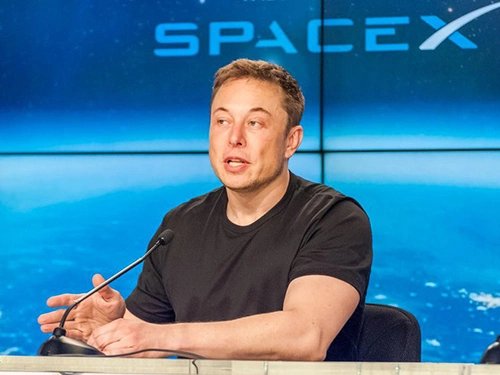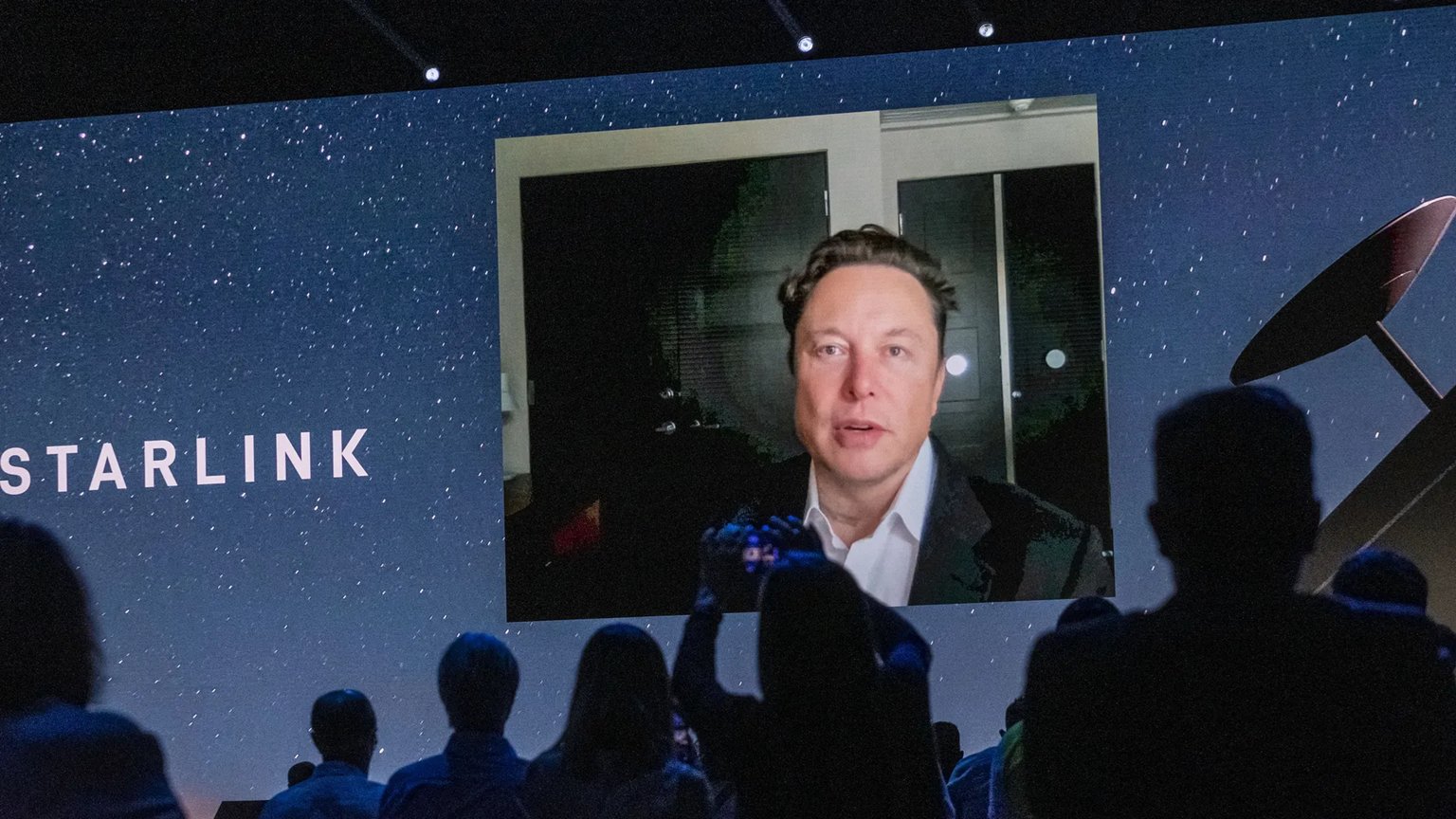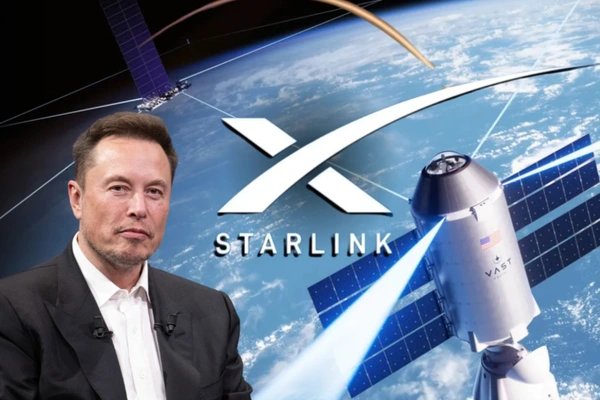Elon Musk, the visionary entrepreneur behind Tesla and SpaceX, has long been known for his ambitious goals. One of his most audacious projects, Starlink, initially seemed like an unrealistic dream. However, over the years, it has transformed into a revolutionary global internet service, reshaping the way people access the internet across the world. This article explores the journey of Starlink, from its inception to its current status as a leading satellite internet provider.
## The Birth of an Ambitious Idea

The concept of Starlink was first introduced in 2015 when SpaceX announced its plan to build a constellation of low Earth orbit (LEO) satellites to provide global broadband internet coverage. At the time, many industry experts doubted the feasibility of the project due to the high costs, technological challenges, and regulatory hurdles.
However, Musk remained steadfast in his vision. He believed that by leveraging advancements in satellite technology and SpaceX’s reusable rocket capabilities, he could create a low-cost, high-speed internet service accessible to people in remote and underserved areas.
## Overcoming Challenges and Milestones
### Technological Breakthroughs
One of the biggest challenges Starlink faced was designing and deploying a satellite network that could provide low-latency, high-speed internet. Unlike traditional geostationary satellites, which are positioned 35,786 kilometers above Earth, Starlink’s satellites operate at altitudes between 340 km and 1,200 km. This drastically reduces latency, making the service comparable to traditional broadband.
SpaceX developed and launched the first batch of Starlink satellites in May 2019, marking a significant milestone. Since then, the company has launched thousands of satellites using its Falcon 9 rocket, creating an ever-growing constellation.
### Regulatory Approvals and Market Expansion

Securing regulatory approvals was another major hurdle for Starlink. Internet service providers (ISPs) are subject to strict government regulations, and gaining approval to operate in different countries required extensive negotiations. Despite these challenges, Starlink has successfully expanded to over 60 countries, including the U.S., Canada, the U.K., and Australia.
### Addressing Cost and Accessibility
Initially, Starlink’s service was costly, with a high upfront cost for the satellite dish and monthly subscription fees. However, Musk and his team have been working on reducing costs through improved manufacturing processes and economies of scale. As the network expands, the company aims to make the service more affordable for a broader range of users.
## How Starlink is Changing the World

### Bridging the Digital Divide
One of Starlink’s most significant contributions is its role in bridging the digital divide. Millions of people in rural and underserved areas lack access to high-speed internet, limiting their opportunities for education, business, and healthcare. Starlink provides these communities with reliable internet, opening up new possibilities for economic growth and development.
### Supporting Emergency and Disaster Relief
Starlink has proven to be a vital resource in emergency and disaster relief efforts. In 2022, after a devastating volcanic eruption in Tonga, Starlink provided internet access to the affected areas, helping rescue and relief operations. Similarly, during the ongoing conflict in Ukraine, SpaceX supplied Starlink terminals to ensure uninterrupted communication for civilians and military forces.
### Enhancing Military and Government Applications
Governments and military organizations worldwide have recognized the potential of Starlink for secure and resilient communications. The U.S. military, for example, has been testing Starlink’s capabilities for battlefield communications and remote operations. Its low latency and global coverage make it an attractive option for defense applications.
## The Future of Starlink

### Expansion into Aviation and Maritime Sectors
Starlink is expanding beyond residential internet services into new markets, including aviation and maritime industries. Airlines such as Hawaiian Airlines and JSX have partnered with Starlink to offer in-flight broadband services, providing passengers with high-speed internet even at 35,000 feet.
Similarly, Starlink’s satellite internet is being deployed for ships, enabling reliable connectivity in the middle of the ocean. This development is expected to revolutionize maritime operations, benefiting cargo ships, cruise lines, and remote offshore facilities.
### Starlink Mini and Affordable Solutions
In June 2023, SpaceX introduced Starlink Mini, a smaller and more affordable version of its satellite dish. This innovation is expected to make Starlink more accessible to low-income households and emerging markets, further accelerating its global reach.
### Integration with 5G and IoT
Starlink is also exploring potential integrations with 5G networks and the Internet of Things (IoT). By working with telecom providers, Starlink could enhance mobile network coverage in rural and remote areas, complementing terrestrial networks and improving global connectivity.
## Conclusion
What was once considered an unrealistic ambition has become a transformative force in the global internet landscape. Starlink’s journey from an ambitious idea to a widely adopted service highlights Elon Musk’s relentless pursuit of innovation. Despite initial skepticism, the project has defied expectations, bringing high-speed internet to millions worldwide.
As Starlink continues to expand, its impact on global connectivity, emergency response, and technological advancements will only grow. Whether in remote villages, disaster-stricken areas, or the skies above, Starlink is redefining the future of internet access—one satellite at a time.
